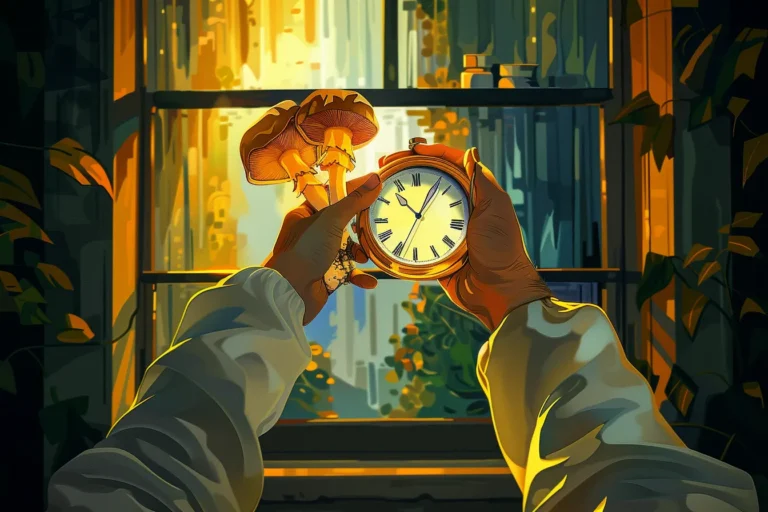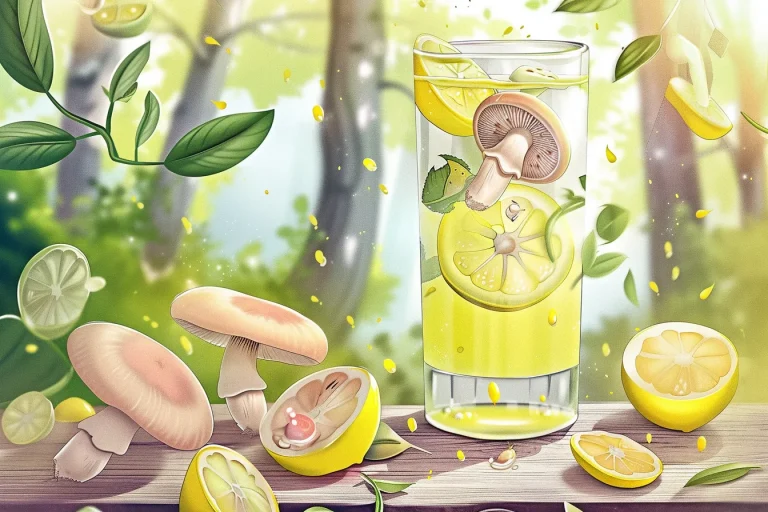Psilocybe azurescens: Natures Most Potent Psilocybin Mushroom
Psilocybe azurescens is commonly known as the “flying saucer” mushroom due to its unique UFO shaped cap. This potent mushroom is revered by psychedelic explorers for its strong psychoactive effects and sought by mushroom hunters for the thrill of finding it in its natural ocean-side habitat.
The root word “azur” in Latin-based languages conveys a deep blue color, which is mirrored in the species name Psilocybe azur-escens. Though this species was likely known to local communities, it was first formally documented in the Pacific Northwest in 1979. Later, in 1995, renowned mycologist Paul Stamets officially named the species after his son, Azureus, a name inspired by the striking blue bruising characteristic of the mushroom. This vivid blue bruising was a detail Stamets particularly valued, as mentioned in Michael Pollan’s bestselling book, How to Change Your Mind. (16)
Visually, P. azurescens stands out from the Psilocybe crowd with its caramel-to-chestnut-brown cap, which features a distinctive central bump (known as umbonate). Taxonomically, It belongs to Psilocybe section Cyanescens, a collection of wood-loving mushrooms known for their intense psychoactive properties, distinctive blue bruising, and thriving in wood-rich environments. The habitat preference of Psilocybe azurescens sets it apart from other psilocybin-containing species, found along the West Coast of the United States, Psilocybe azurescens is particularly well-adapted to coastal dune ecosystems, often found growing on driftwood. Since its discovery, Psilocybe azurescens has been cultivated outdoors on patches of woodchips, enabling it to fruit away from its native Coastal Pacific Northwest range. (2, 3, 4)
Key Information
| Also Known As | Flying Saucers, Azzies, Blue Angels |
| Most popular strains | N/A |
| Psychoactive Contents | Known: psilocybin, psilocin Under investigation: baeocystin, norpsilocin, norbaeocystin, 4-hydroxy-tryptamine, aeruginascin, 4-hydroxy-trimethyltryptamine, β-carboline alkaloids, terpenoids |
| Potency | High |
| Regions Found In | Western North America, Pacific Northwest |
| Distinguishing Characteristics | Carmel-brown umbonate cap, strong bluing reaction |
| Cultivation Difficulty | Easy to moderate |
| Typical Substrate | Woodchips, dune grass, Scotch broom, blackberry |
Psychedelic-Effects & Psychoactive Properties
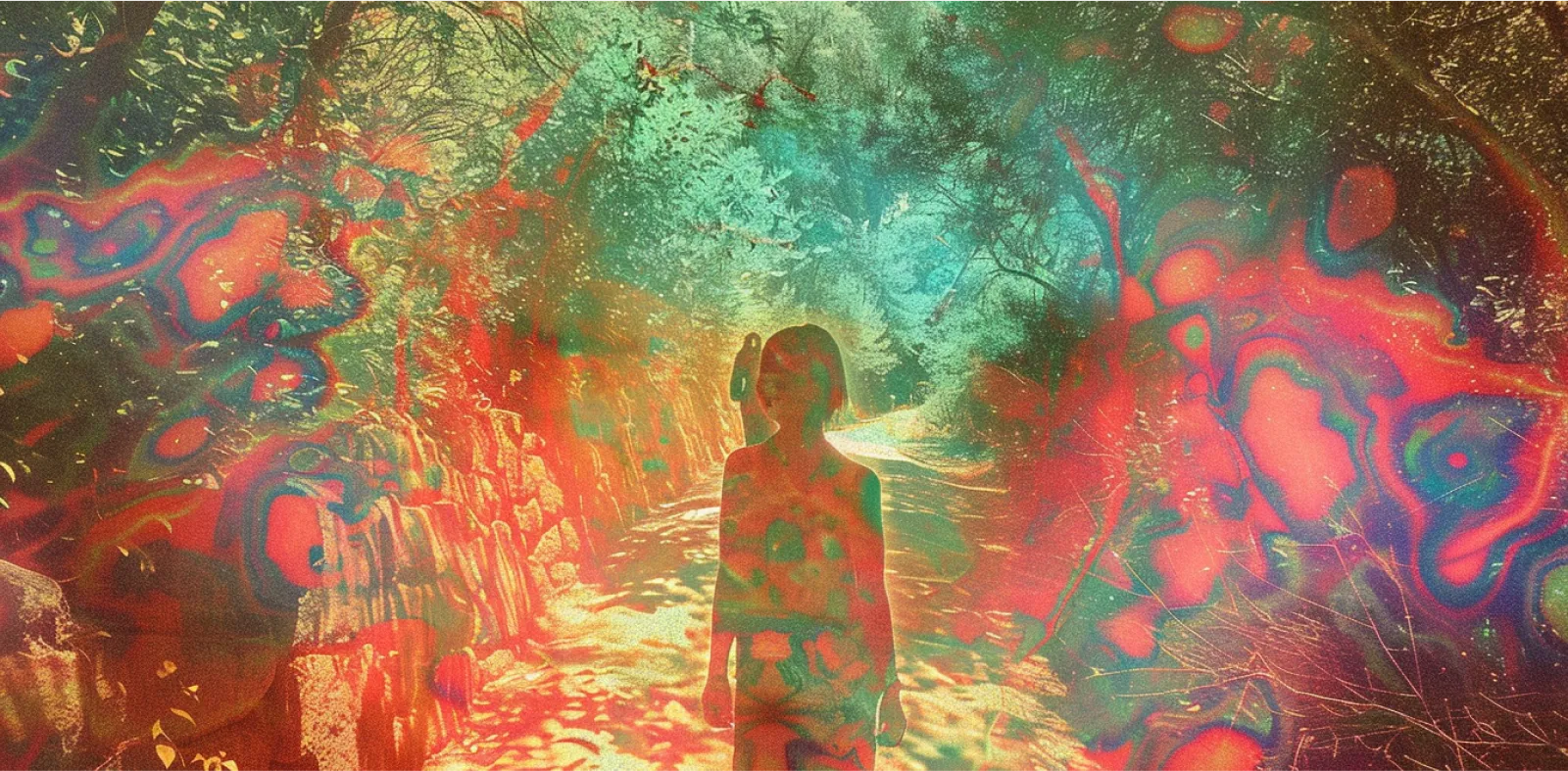
Psilocybe azurescens are known to be particularly potent and intensely psychedelic. Users often report experiencing realistic visual and auditory hallucinations.
The effects of psilocybin-containing mushrooms, like Psilocybe azurescens, can be a highly personalized experience, varying dramatically from one individual to another. Each journey is uniquely shaped by a combination of factors, including the dose, personal physiology (mindset), and the environment (setting) where the mushroom is consumed.
Common effects associated with psilocybin-containing mushrooms like Psilocybe azurescens include: (5)
What Are the Side-Effects of Psilocybe azurescens?
Psilocybe azurescens, like other members of the Cyanescens group, are associated with a physical impairment known as Wood-Lover’s Paralysis (WLP).
This temporary condition can lead to various symptoms, from muscle weakness and incoordination to a complete, short-term loss of motor control. Some individuals have also experienced a loss of motor function in the face and eyes.
WLP typically has a delayed onset, occurring about 4-6 hours after consumption of mushrooms. While most symptoms resolve within 24 hours, some cases may last longer. The exact cause of WLP remains unclear, and it is believed to be a rare occurrence.
Limited scientific literature on WLP currently exists, with most of the knowledge-base derived from anecdotal reports, personal experiences, or informal documentation rather than scientific studies. A summary report by the Oregon Health Authority reflects these findings, highlighting a lack of formal research on WLP. When considering consuming Psilocybe azurescens, be aware of this potential side effect and ensure you’re in a safe environment. (6)
Additional common side effects of psilocybin-containing mushrooms include: (7)
History & Cultural Significance of Psilocybe azurescens
Psilocybe azurescens may have first been discovered by a group of Boy Scouts camping along the Oregon coast near the mouth of the Columbia River around 1979, a story widely circulated in the mycological community. However, locating a well-documented primary source has proved difficult; so we include this tale as a piece of lore that should not be mistaken for fact.
Reports of this new, strongly bluing psilocybin-containing mushroom at some-time caught the attention of renowned mycologist Paul Stamets. Then, In 1995, Psilocybe azurescens was officially described to the scientific community by Stamets and his colleague Jochen Gartz in Integration: Journal for Mind Moving Plants and Culture. Stamets later highlighted this species in his book Psilocybin Mushrooms of the World, where he noted it as “one of the most potent psilocybin mushrooms,” sparking significant interest in its cultivation. (3, 8)

Interestingly, there is no evidence to suggest that Indigenous peoples of the Western United States utilized Psilocybe azurescens for any purposes. The absence of P. azurescens in the ethnobotanical records raises possibilities: perhaps these communities did not recognize its psychoactive properties or simply did not hold a significant place in their cultural and medicinal practices.
This lack of historical traditional use raises fascinating questions regarding the mushroom’s origins and relatively recent prominence in modern mycological and psychedelic circles. Some theories suggest that azurescens might have originated in regions like New Zealand and only later was introduced into its current habitats in the Western United States. This aligns with theories of its possible recent evolutionary development, ecological specificity, or inadvertent introduction through human activity. These factors contribute to its status as a notable species, primarily known only in contemporary contexts rather than through historical usage. (15)
Psilocybe azurescens Genus, Species, Location, Strains and Cultivars
Azurescens is a species of fungi within the Psilocybe genus, known for its potent psychoactive properties. Unlike other psilocybin mushrooms, Psilocybe azurescens has no widely recognized cultivated or distributed strains. However, mushrooms found in specific locations are often referred to by the names of those regions, such as “Fort Stevens” or “Astoria,” indicating where they were originally discovered or commonly found.
Most spores or cultures available to the mycology community are typically labeled with the scientific name (Psilocybe azurescens) or nickname (flying saucers) rather than any specific strain name.
Where to Find Flying Saucers
-
Psilocybe azurescens Mushroom Identification & Look-alikes.
Psilocybe azurescens can be identified by studying it’s distinctive features and fruiting season. Key characteristics include habitat, a caramel- to brown-colored cap with a notably broad umbo (central bump), purple-brown spores, and strong blue bruising when the mushroom is handled or damaged. (9)- The most common look-alike in regions where Psilocybe azurescens grows is Psilocybe cyanescens, another prized psilocybin-producing mushroom whose wavy cap edge can help to differentiate the two.
- Other similar mushrooms with the same habitat include Galerina, Inocybe, and Stropharia species. Given that some of these look-alikes are toxic or potentially deadly, it is crucial to exercise extreme caution when collecting, identifying, and consuming Psilocybe azurescens to avoid the risk of poisoning or death. (3)
Safety Precautions & Harm Reduction Tips

When consuming psilocybin-containing mushrooms, prioritizing safety is essential due to the significant risks associated with misidentification and accidental poisoning. Ensuring that each mushroom is accurately identified is critical.
Take clear, detailed photographs of distinguishing features, such as cap shape, color, gill structure, and bruising reactions. Cross-reference these photos with community-based resources like iNaturalist.org or trustworthy Facebook groups where experts can help verify the species’ identity.
If you’re new to psychedelics, starting with a low dose is highly advisable to gauge tolerance and reduce the potential for adverse effects.
Additionally, creating a safe and comfortable environment will help users generate a positive mindset—“set and setting”— which can greatly enhance the experience and significantly lower the risk of a negative outcome. Preparation is crucial for ensuring a safe and enjoyable journey. This helps to align your mental and physical surroundings with your intentions, thus minimizing the likelihood of encountering anxiety or distress during the experience. (5)
How to Grow Psilocybe azurescens
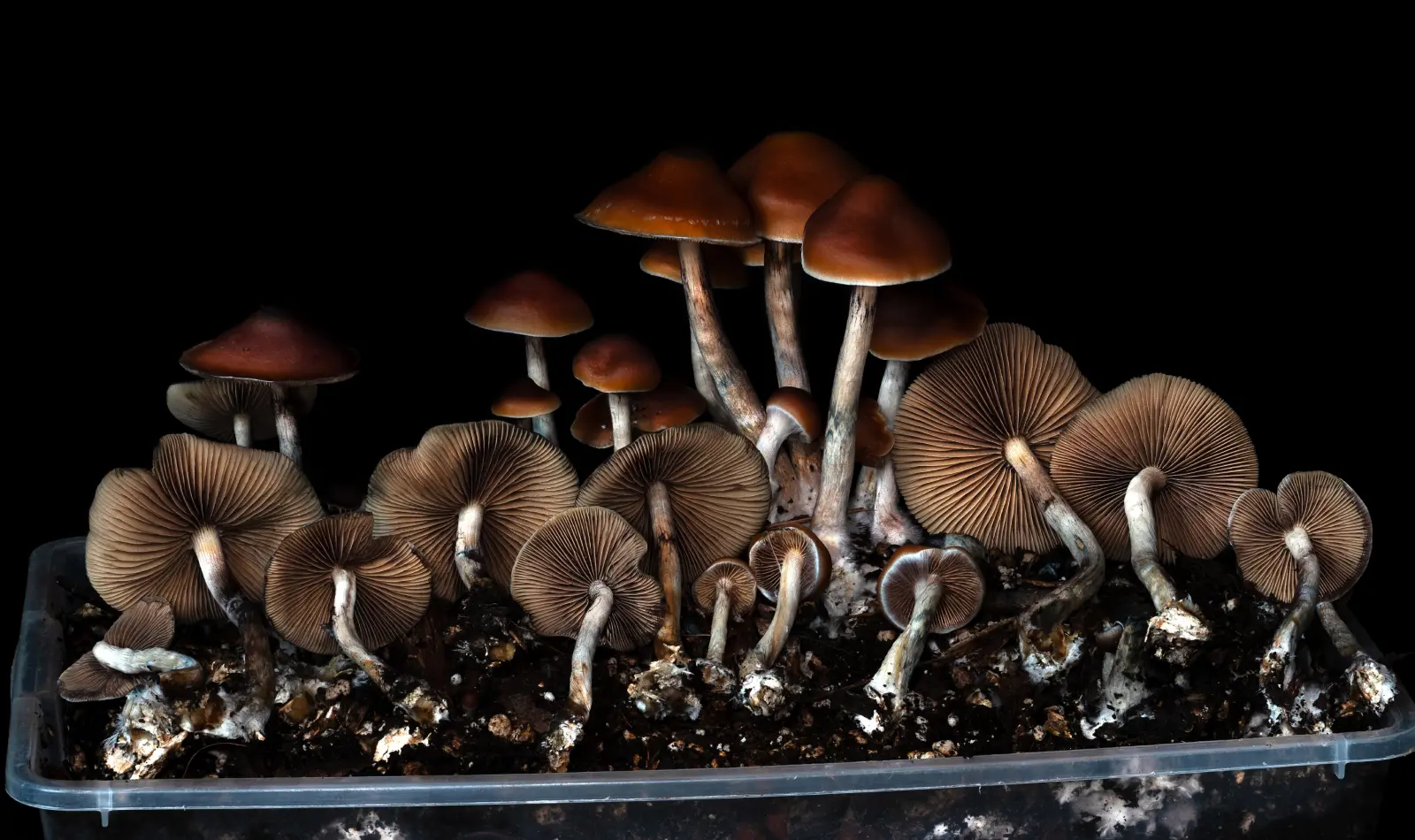
Cultivation Basics
Cultivating Psilocybe azurescens outdoors is relatively straightforward and can be very rewarding when done correctly. One of the simplest methods involves gathering spawn or stem butts (cut stems after harvesting) from wild Psilocybe azurescens before transferring them to fresh wood chips in a suitable outdoor location. Alternatively, start with spores and use conventional mushroom cultivation techniques to grow the mycelium in a sterile environment before transferring the colonized substrate to wood chips in outdoor beds. Psilocybe azurescens is known for its aggressive growth and should rapidly colonize woody substrates. Maintaining a wet, partially shaded environment to support fruiting body development for optimal results.
Indoor cultivation is possible but presents more challenges, primarily due to maintaining the lower temperatures required for fruiting. Successful indoor growth typically involves growing the mycelium on wood chips before transferring it to a cool, moist chamber with sustained 45-55 °F temperatures. Mushroom cultivation processes for this species are well-documented on websites like shroomery.com, where growers share their experiences and tips for managing the unique requirements of Psilocybe azurescens. (10, 11)
Substrate & Environment
The most suitable and easily accessible substrate for cultivating Psilocybe azurescens is woodchips. Alder (a type of birch) wood chips are generally considered the best option, although most hardwoods or conifer species will work. For optimal spawn production and expansion, it’s best to maintain temperatures around 65 °F, while fruiting requires cooler conditions, typically between 45-55 °F. Outdoor cultivation requires damp, disturbed areas with wood chips that receive partial or full shade. Landscaped city parks, habitat restoration sites, and similar environments are ideal for promoting the growth of Psilocybe azurescens. The best settings provide moisture and protection from direct sunlight, creating the appropriate conditions for successful cultivation. (10, 11)
Harvesting, Drying and Storage
When gathering mushrooms from wild environments, keeping them clean is crucial to maintain freshness. Gently handpick each mushroom, trimming off the base of the stem to remove dirt and debris. Proper drying is vital to preserving the mushrooms for long-term use. To achieve consistent results, use a dehydrator on a low-temperature setting. Alternatively, place the mushrooms on a mesh screen in a well-ventilated area with a fan and dry until brittle. Protecting dried mushrooms from moisture is important to prevent spoilage. For long-term storage, keep them in a dry, sealed container, such as a mason jar with a lid, at room temperature (70 °F) in a dark place to maintain quality and potency over time. (12)
Avoiding Mold & Contamination
When growing mushrooms outdoors, contamination is inevitable, but it generally doesn’t cause significant problems. The extended incubation period required for this species when grown indoors increases the probability of contamination, particularly with grain-based substrates. To reduce the risk of contamination, it’s advised to use a smaller amount of grain when colonizing woodchips, especially when compared to growing other Psilocybe species like Psilocybe cubensis. This approach helps maintain a cleaner environment during the colonization process.
Here are some key steps to follow:
Where to Buy Psilocybe azurescens Spores and Culture Online
Psilocybin & Other Potentially Psychoactive Content:
Like many other natural plant medicines, Psilocybe azurescens contains not just one, but several active tryptamine compounds (intermediates and derivatives) believed to create and modify the psychedelic experience.
This phenomenon, often called the “entourage effect,” is like a symphony orchestra—where the magic happens through the harmony of multiple elements working together, rather than as a solo act.
The primary active compounds include: (3)
01
Psilocybin: The most prominent active compound in Psilocybe azurescens, metabolized into psilocin once ingested into the body.
02
Psilocin: Created when psilocybin is metabolized after ingestion, and found in smaller quantities in mushroom fruit bodies. This compound interacts with serotonin receptors, creating the psychoactive experience.
03
Baeocystin: A psychoactive compound that is chemically similar to psilocybin and thought to contribute or modify the psilocybin/psilocin induced psychedelic experience.
04
Norpsilocin: A derivative of psilocin, norpsilocin is thought to add to the intensity and diversity of the psychoactive effects experienced.
05
Aeruginascin: Potential calming effects. Aeruginascin is believed to be another compound that may modulate the overall experience by reducing anxiety and creating a more balanced psychedelic experience.
06
Norbaeocystin Similar to baeocystin, norbaeocystin is believed to be another component that adds to the complexity of Psilocybe azurescens’ effects.
Potency, Psilocybin Content & Dosage
Psilocybe azurescens is known for its high potency, with reported concentrations of up to 1.78% (17.8 mg/gram) psilocybin and 0.38% (3.8 mg/gram) psilocin by weight.
For those looking to experience the effects of Psilocybe azurescens, a threshold dose is typically around 0.2 grams of dried mushrooms, with a Macro dose being approximately 1.5 grams. Due to their high potency, even relatively small amounts of Psilocybe azurescens can produce significant psychoactive effects. (3, 13)
| # | Compound | Concentration by Dry Weight (%) |
|---|---|---|
| 1 | Psilocybin | Up to 1.78% |
| 2 | Psilocin | Up to 0.38% |
| 3 | Baeocystin | Up to 0.4% |
| 4 | Norpsilocin | N/A |
| 5 | Norbaeocystin | N/A |
| 6 | Aeruginascin | N/A |
Dosage Chart:
| Psilocybe azurescens dosing guide | |||||||||||
|---|---|---|---|---|---|---|---|---|---|---|---|
| Sub Perceptual | Perceptual | Intense | |||||||||
| Micro Dose | Mini Dose | Medium Dose | Macro Dose | Heroic Dose | |||||||
| Milligrams of Psilocybin | 1 mg | 3 mg | 12 mg | 25 mg | 50 mg | ||||||
| Approximate grams of dry mushrooms | 0.6 mg | 0.17 mg | 0.7 mg | 1.4 mg | 2.8 mg | ||||||
Legal & Decriminalization Status
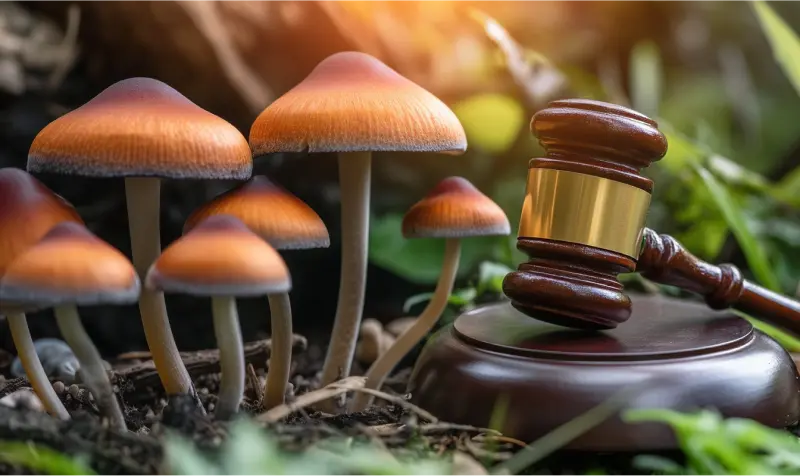
The legal status of Psilocybe azurescens mushrooms varies widely depending on your location. It’s crucial to check local laws to avoid any unintended legal issues. Always verify the regulations in your area before proceeding.
However, there are places around the world where Psilocybe mushrooms are either legal or decriminalized, allowing for cultivation, possession, or consumption under certain conditions.
These safe haven locations, at the time of this writing, include: (14)
-
🌐
-
Globally
- 🇯🇲 Jamaica
- 🇦🇹 Austria
- 🇧🇸 Bahamas
- 🇧🇷 Brazil
- 🇻🇬 British Virgin Islands
- 🇳🇵 Nepal
- 🇼🇸 Samoa
- 🇲🇽 Mexico (for religious or ceremonial use only)
-
🇺🇸
-
Within the U.S.A:
- Oregon (in a licensed service center)
- Colorado
-
⚖️
-
Decriminalized:
- California: Oakland, Berkeley, Santa Cruz, San Francisco, Arcata
- Washington, D.C.
- Massachusetts: Cambridge, Northampton, Somerville, Easthampton
- Washington: Seattle, Port Townsend, Jefferson County
- Maine: Portland
- Minnesota: Minneapolis
- Michigan: Detroit, Ann Arbor, Ferndale, Washtenaw County, Hazel Park
Frequently Asked Questions About Psilocybe azurescens (Flying Saucers)
Sources

1. Etymonline. Etymology of azure. (n.d.). Retrieved from https://www.etymonline.com/word/azure
2. Borovička, J., Noordeloos, M. E., Gryndler, M., & Oborník, M. (2010). Molecular phylogeny of Psilocybe cyanescens complex in Europe, with reference to the position of the secotioid Weraroa novae-zelandiae. Mycological Progress. Retrieved from https://link.springer.com/article/10.1007/s11557-010-0684-3
3. Stamets, Paul (1996). Psilocybin Mushrooms of the World. Berkeley: Ten Speed Press. p. 94-95.
4. Shroomery. Psilocybe azurescens [Online forum post]. (2013, December 11). Retrieved from https://www.shroomery.org/12495/Psilocybe-azurescens
5. Psilocybin (Magic Mushrooms) (2024, June 24). National Institute on Drug Abuse. Retrieved from https://nida.nih.gov/research-topics/psilocybin-magic-mushrooms#effects-psilocybin
6. Present, S. & Revell, J. Australian Psychedelic Society (2024). Wood Lover’s Paralysis (WLP) Review. Psychedelic Science Review. Retrieved from https://www.oregon.gov/oha/PH/PREVENTIONWELLNESS/Documents/WLP-4-10-24.pdf
7. WebMD. Psilocybin: Overview, Uses, Side effects, Precautions, Interactions, Dosing and Reviews. (n.d.). Retrieved from https://www.webmd.com/vitamins/ai/ingredientmono-1654/psilocybin
8. Index Fungorum. Names record. (n.d.). Retrieved from https://www.indexfungorum.org/Names/NamesRecord.asp?RecordID=446057
9. Guzmán, G. (1983). The genus Psilocybe: A Systematic Revision of the Known Species Including the History, Distribution and Chemistry of the Hallucinogenic Species. Retrieved from https://www.mykoweb.com/systematics/literature/The%20Genus%20Psilocybe.pdf
10. Shroomery. Eric’s guide to cultivating Psilocybe Azurescens/Cyanescens [Online forum post]. (2016, May 26). Retrieved from https://www.shroomery.org/8673/Erics-Guide-To-Cultivating-Psilocybe-Azurescens-Cyanescens
11. Shroomery. Psilocybe azurescens indoor cultivation [Online forum post]. (2011, January 12). Retrieved from https://www.shroomery.org/8702/Psilocybe-azurescens-indoor-cultivation
12. Gotvaldová, K., Hájková, K., Borovička, J., Jurok, R., Cihlářová, P., & Kuchař, M. (2020). Stability of psilocybin and its four analogs in the biomass of the psychotropic mushroom Psilocybe cubensis. Drug Testing and Analysis. Retrieved from https://analyticalsciencejournals.onlinelibrary.wiley.com/doi/10.1002/dta.2950
13. Erowid. Psilocybin Mushroom Vault : Info on Comparative Psilocybe Mushroom Potencies. (n.d.). Retrieved from https://www.erowid.org/plants/mushrooms/mushrooms_info4.shtml
14. Wikipedia. (2024, August 17). Psilocybin decriminalization in the United States. Retrieved from https://en.wikipedia.org/wiki/Psilocybin_decriminalization_in_the_United_States
15. McTaggart, A., Scarlett, K., Slot, J., Barlow, C., Appleyard, C., Gardiner, D., Fechner, N., Tilden, J., Hass, D., Voogelbreinder, S., Lording, W., Lloyd, R., Shuey, L. S., Drenth, A., & James, T. (2023). Wood-loving magic mushrooms from Australia are saprotrophic invaders in the northern hemisphere.
16. Pollan, M. (2018). How to change your mind: What the new science of psychedelics teaches us about consciousness, dying, addiction, depression, and transcendence. Allen Lane. Page 77
 James Conway
James Conway Mandie Quark
Mandie Quark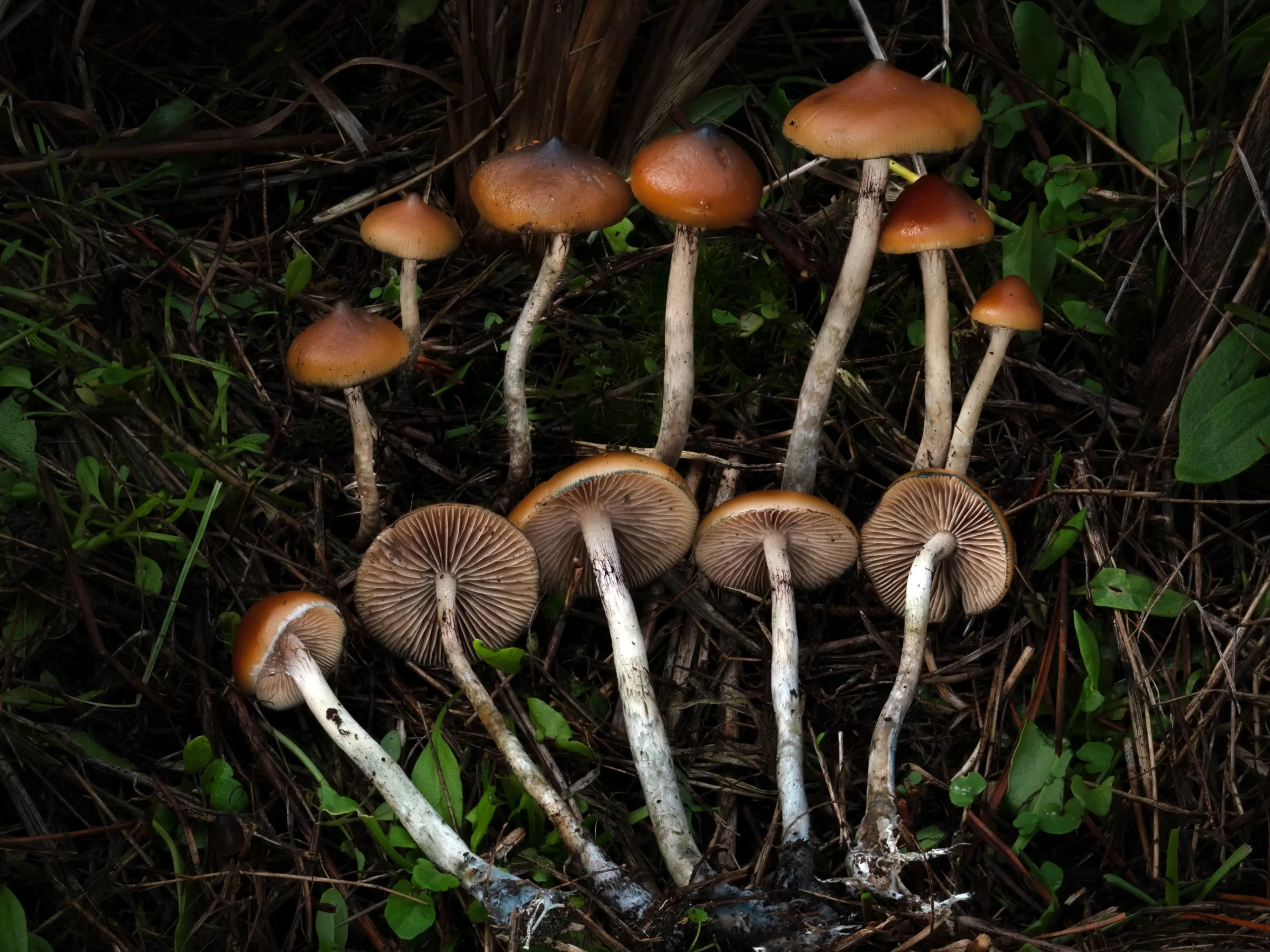
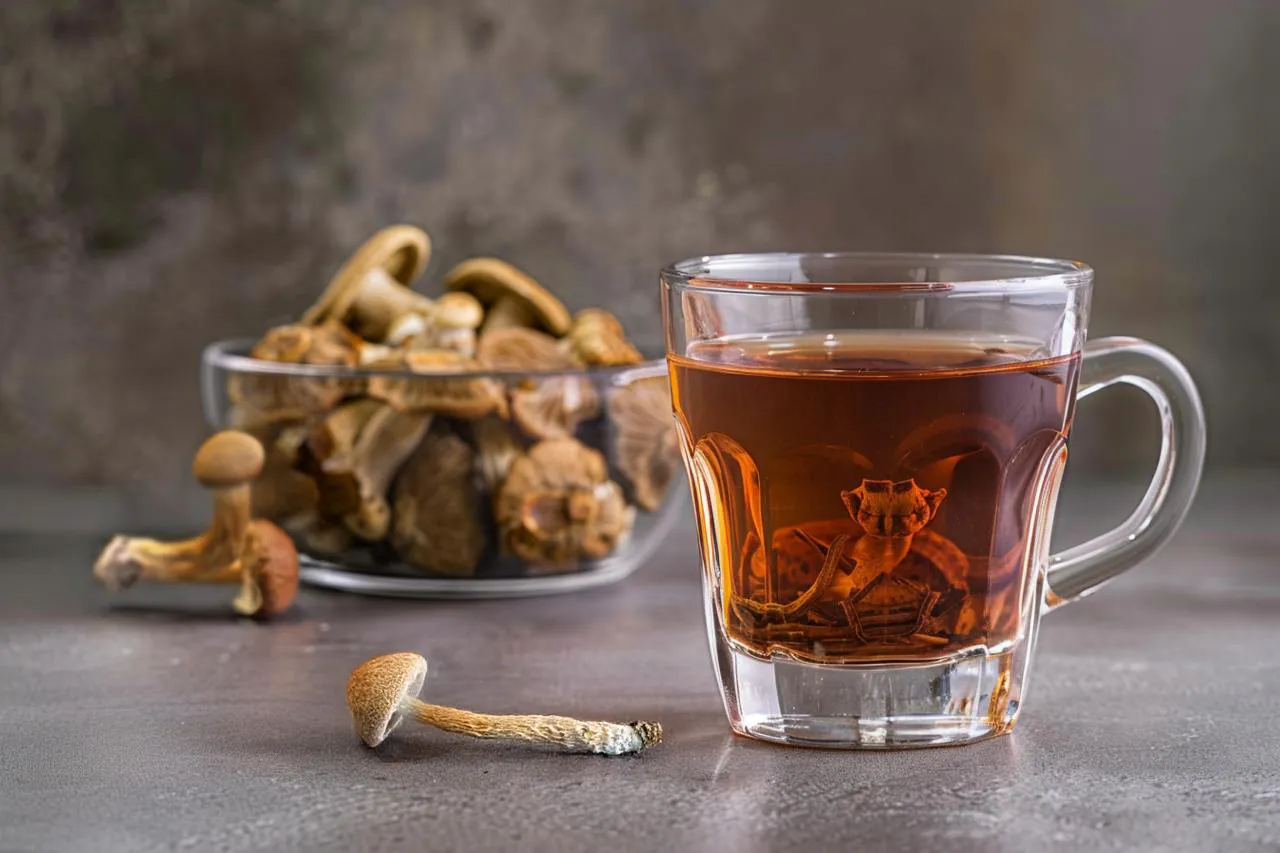
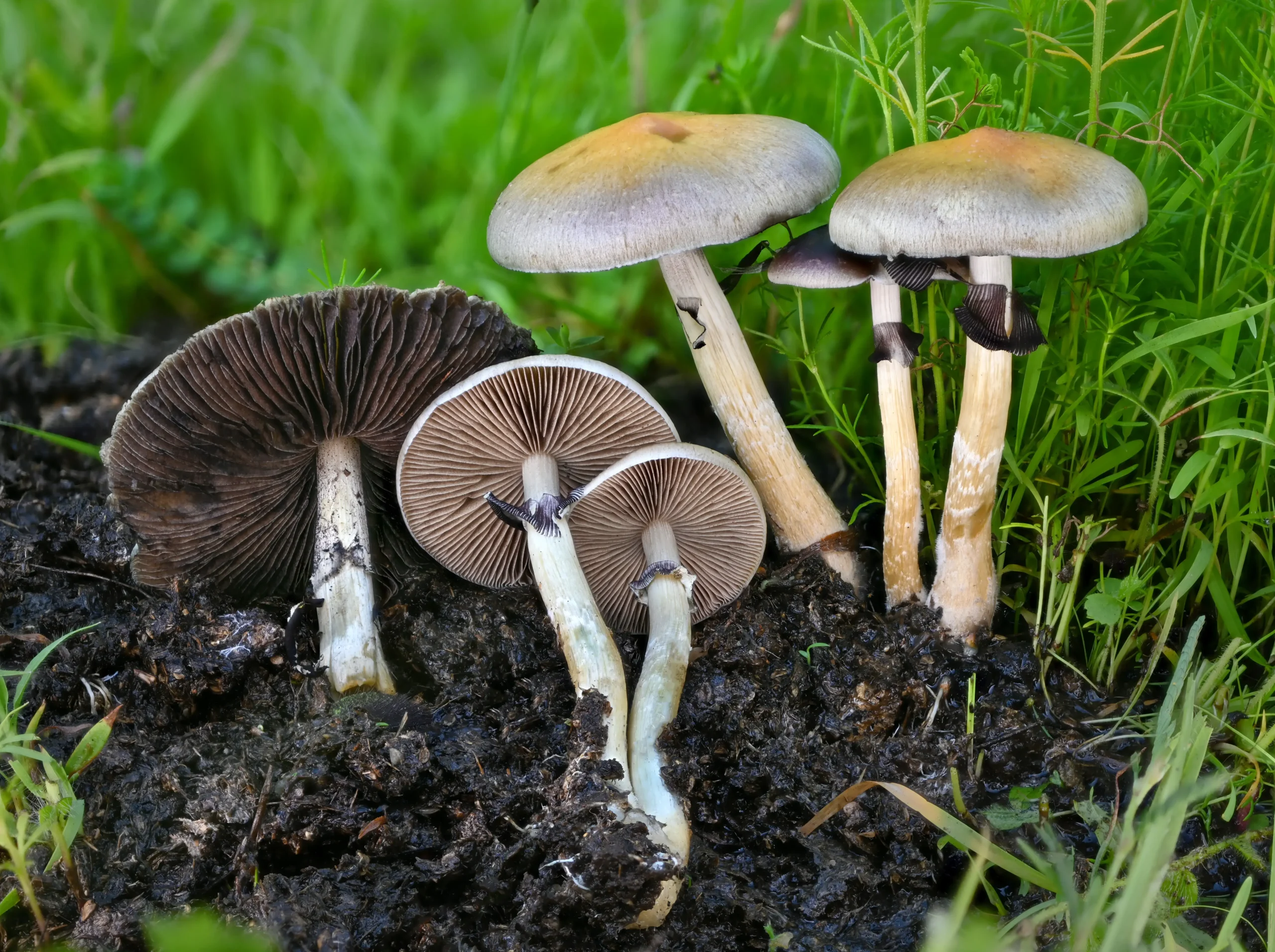
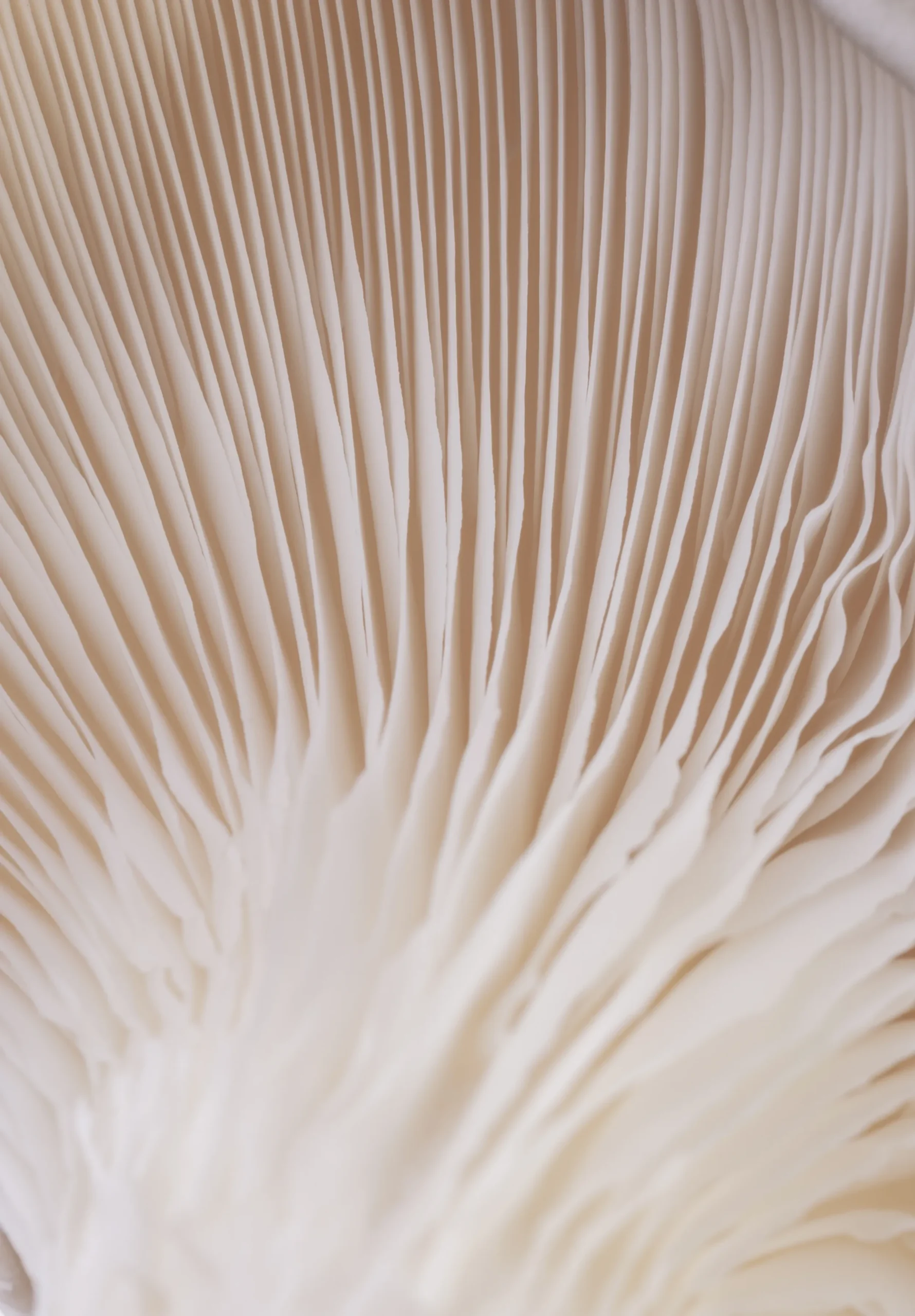

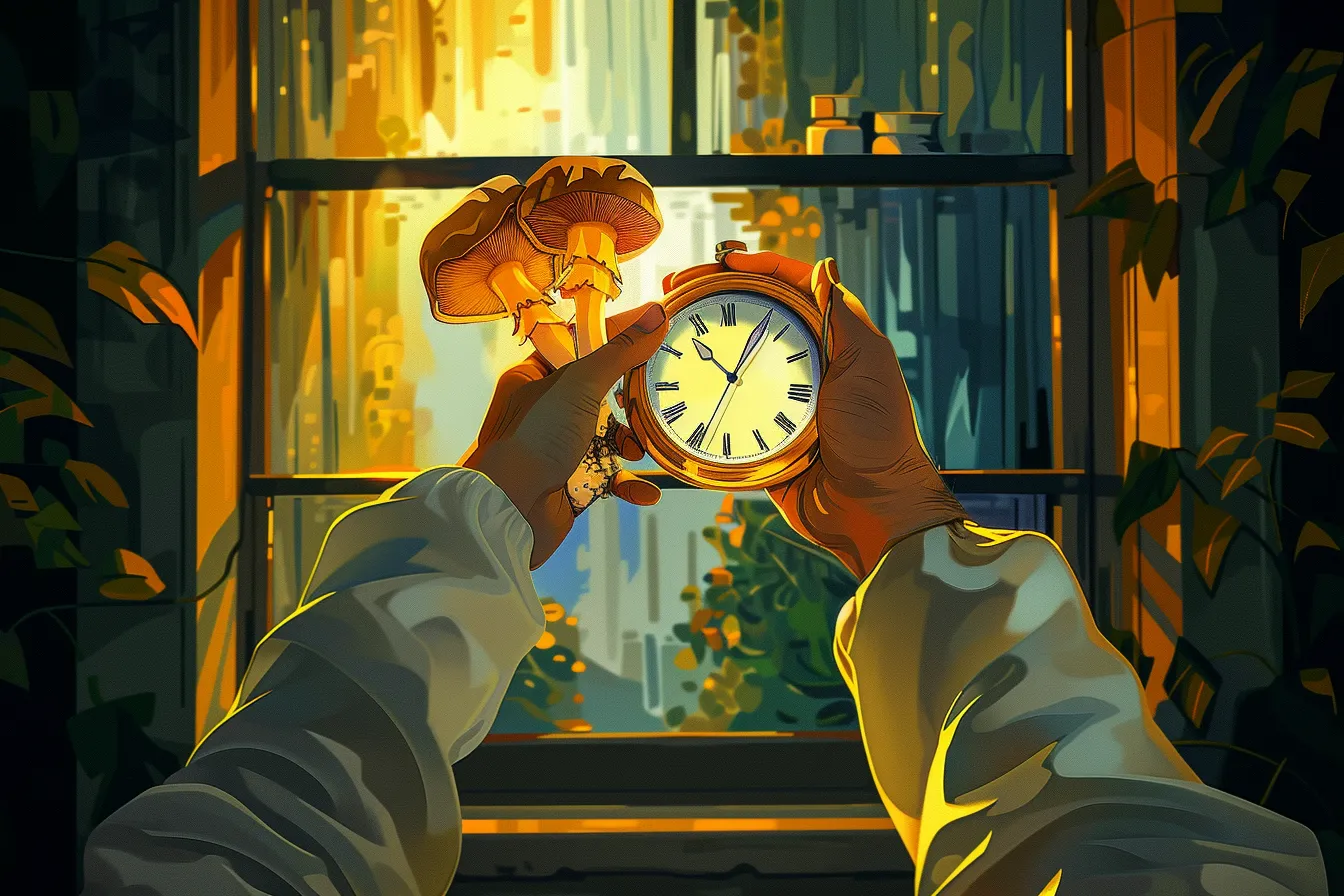
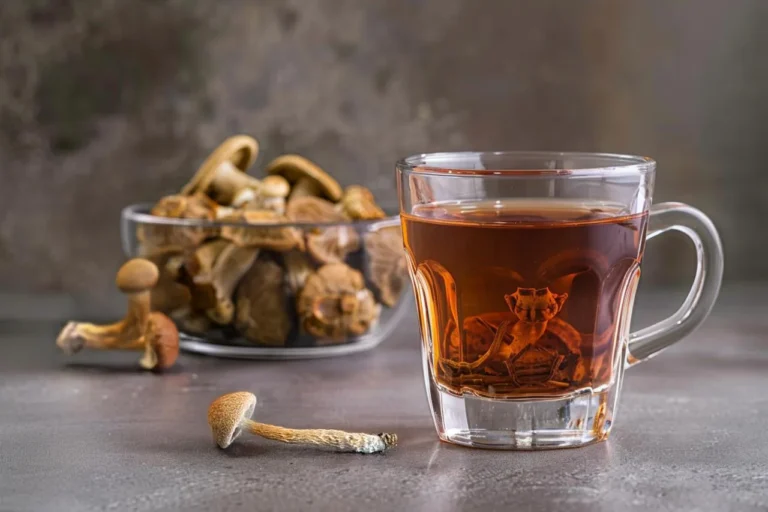
 David Connell
David Connell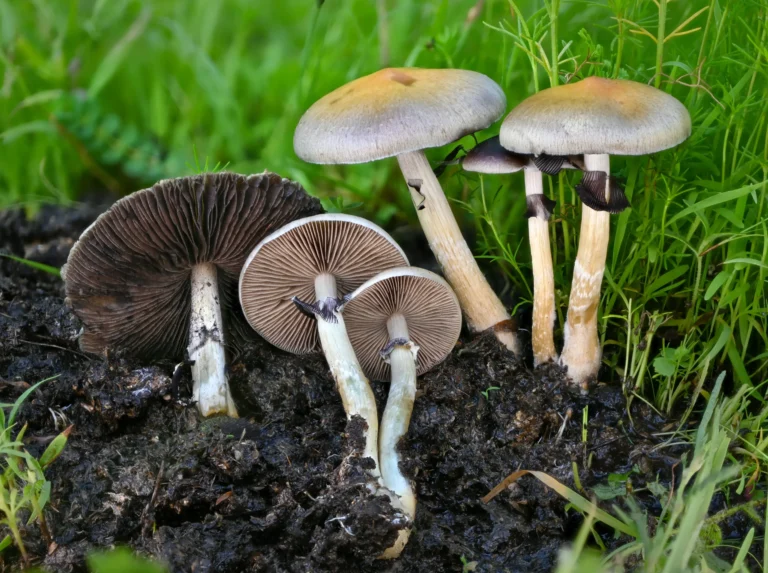
 Psychedelics.com Team
Psychedelics.com Team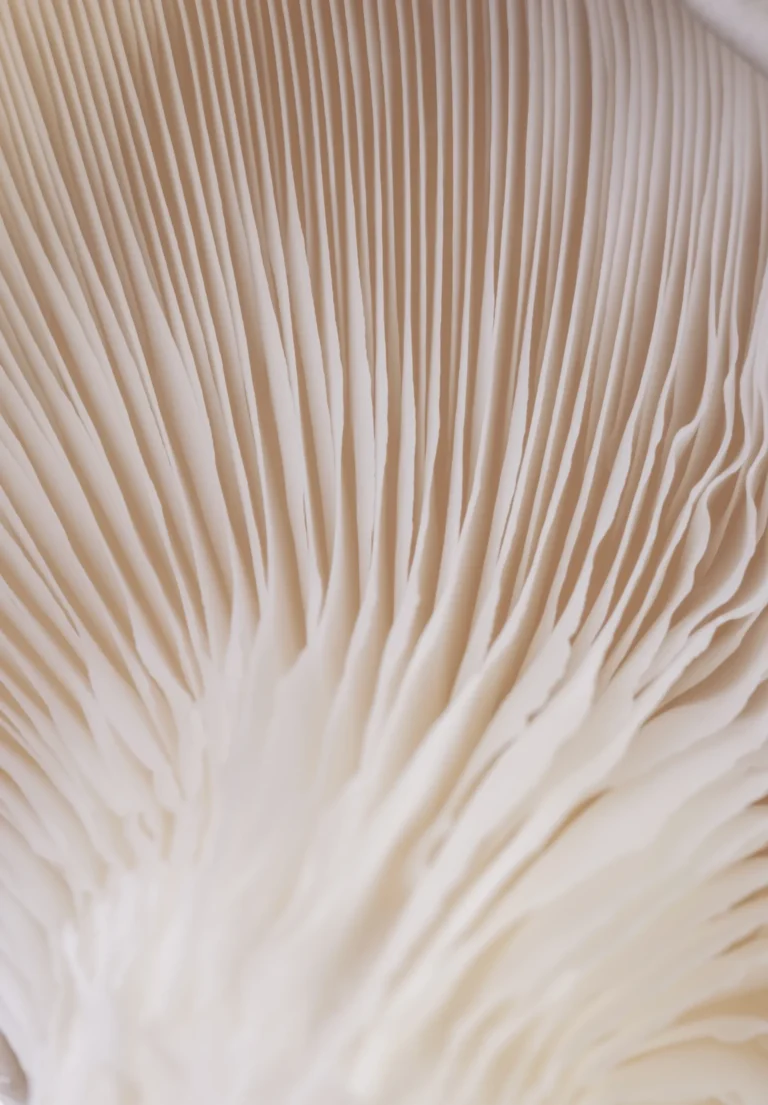
 Stephanie Karzon
Stephanie Karzon
